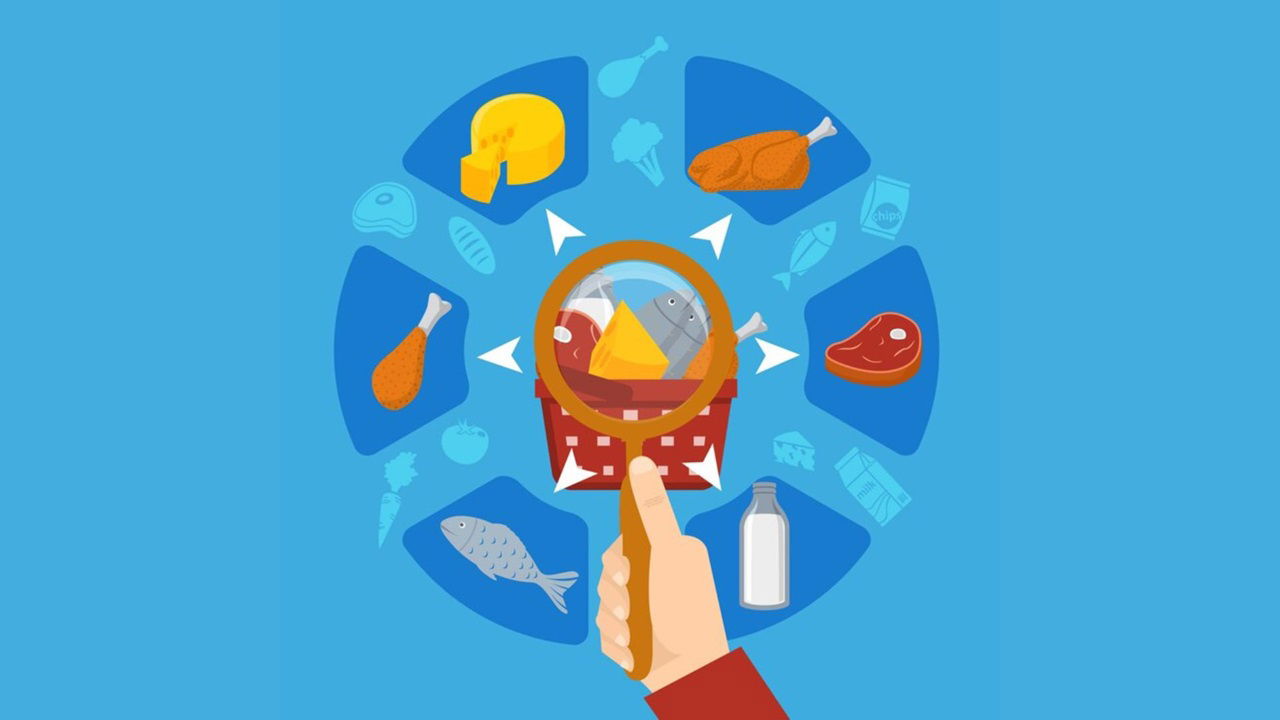
Understanding how to spot microplastics in your food can help you make better choices and minimize your exposure to various chronic diseases.
Sources of Microplastics in Food:
Microplastics can enter the food chain through various pathways:
-
Water Contamination: Microplastics are prevalent in both freshwater and marine environments. They can be ingested by aquatic organisms, which are then consumed by larger fish and eventually humans.
-
Food Processing: Microplastics can be introduced into food during processing, packaging, or storage. Tiny plastic particles can be shed from machinery, containers, or packaging materials.
-
Airborne Microplastics: Microplastics can be transported through the air and settle onto food surfaces. This is particularly concerning for foods exposed to the environment, such as fruits, vegetables, and seafood.
Identifying Microplastics in Food:
While it can be challenging to visually identify microplastics in food due to their small size, there are some indicators to look for:
-
Unusual Specks: If you notice tiny, colored specks or fibers in your food that don't seem to belong, they could be microplastics.
-
Changes in Texture: Microplastics can alter the texture of food. For example, they might make seafood feel gritty or vegetables appear stringy.
-
Seafood Contamination: Studies have shown that seafood, particularly shellfish, can contain high levels of microplastics. Be cautious while consuming seafood from contaminated waters.
Health Risks Associated with Microplastics
While research on the health effects of microplastics is ongoing, there are concerns about their potential risks:
-
Digestive Issues: Microplastics may cause digestive problems, such as inflammation, constipation, or diarrhea.
-
Chemical Leaching: Some plastics contain chemicals that can leach into food. These chemicals may have adverse health effects, including endocrine disruption and reproductive problems.
-
Contamination of Other Organisms: Microplastics can accumulate in the tissues of marine organisms, potentially contaminating the entire food chain.
Reducing Microplastic Exposure:
-
Choose Fresh Produce: You must always stick to fresh fruits and vegetables over processed foods, as they are less likely to be contaminated with microplastics.
-
Wash Food Thoroughly: Wash fruits, vegetables, and seafood thoroughly under running water to remove any surface contaminants, including microplastics.
-
Avoid Single-Use Plastics: Reduce your use of single-use plastic items, such as bags, bottles, and straws, to minimize plastic pollution.
-
Support Sustainable Practices: Choose seafood from sustainable sources and support companies that prioritize environmental sustainability.
While the extent of the health risks associated with microplastics is still being investigated, it is important to take precautions to reduce your exposure. By being aware of the sources of microplastics and adopting sustainable practices, you can help protect yourself and the environment.
















